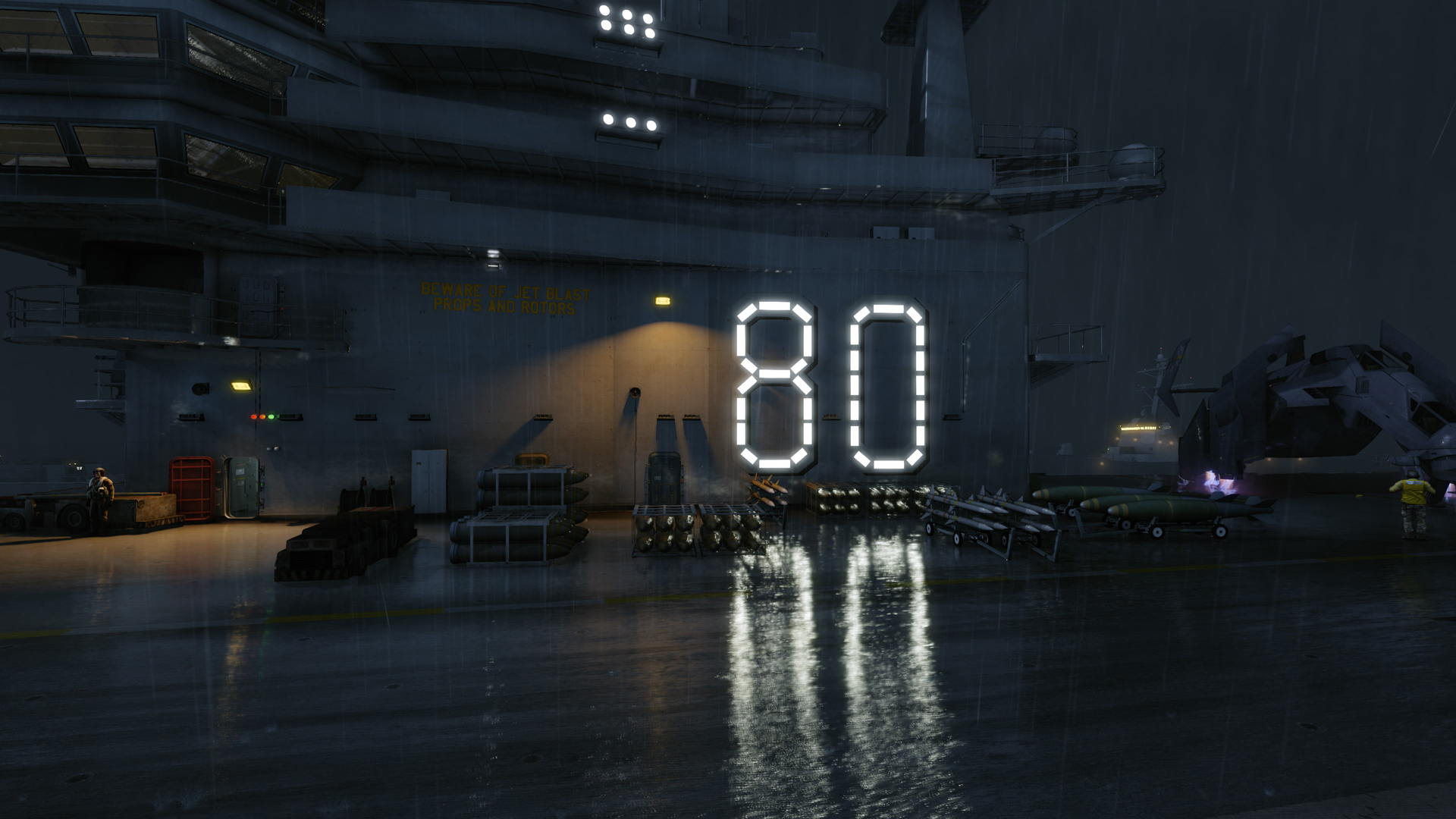Crysis Remastered supports software and hardware ray tracing and is built on DX11
You don't need the latest hardware to enjoy tracing some rays.

Crysis Remastered has just been released. It's the original game from 2007, but with updated visuals and a slightly different control setup (if you want to use it). At launch the game supports software and hardware ray tracing, while a patch to add DLSS will be released 'soon'.
We've already talked about the 'Can it run Crysis' mode, and how punishing it is on hardware, and since then we've managed to benchmark the game ourselves on the RTX 3080. This visual overhaul is more than just a meme though, and there are some impressive technologies to be found under the hood.
The first is the software based global illumination, called SVOGI (Sparse Voxel Octree Global Illumination), which produces a scene that makes sense from a natural light point of view. This instantly makes for a much more convincing world than the original did. The engine is also capable of producing accurate reflections, particularly on Nomad's Nanosuit, which can be seen in the numerous cutscenes.
I asked Steffen Halbig, the project lead of Crysis Remastered, what software ray tracing offers in these days where hardware ray tracing is becoming more prevalent. He was quick in defending the decision. 'What's special about software ray tracing is that you can use it with every card.' A fair point, given the scarcity of the RTX 3080 and the fact that we still haven't seen AMD's RDNA 2. He finished by stating, 'Plus you can play it on a five or six year old graphics card—AMD or Nvidia you can choose.'
Crytek showed off the capabilities of software ray tracing back in March 2019 with its Neon Noir demo. Neon street signs reflected convincingly in puddles makes for quite an impression, although things are a little different in the natural environment of Crysis. Steffen admitted this was a challenge, 'In Neon Noir we had this one street. That's it. For Crysis you have an open world, you have an ocean, and everything needs to reflect. That was the biggest challenge in the development.'

When it comes to those reflections in the ocean, Crysis Remastered uses a combination of screen space reflections alongside ray traced reflections. Steffen explained that, 'if the screen space reflections give us the same results as the ray traced reflections, we use those for performance reasons, if not the system will jump to ray tracing.'
Interestingly, Crytek has stuck with DirectX 11 for Crysis Remastered. I asked Steffen why this was? 'Yeah, it uses DX11 but we have the Vulkan extensions on top. It's a way which I think has never been done in a triple-A game before.'
The biggest gaming news, reviews and hardware deals
Keep up to date with the most important stories and the best deals, as picked by the PC Gamer team.
You can grab Crysis Remastered on the Epic Store right now.
Alan has been writing about PC tech since before 3D graphics cards existed, and still vividly recalls having to fight with MS-DOS just to get games to load. He fondly remembers the killer combo of a Matrox Millenium and 3dfx Voodoo, and seeing Lara Croft in 3D for the first time. He's very glad hardware has advanced as much as it has though, and is particularly happy when putting the latest M.2 NVMe SSDs, AMD processors, and laptops through their paces. He has a long-lasting Magic: The Gathering obsession but limits this to MTG Arena these days.


